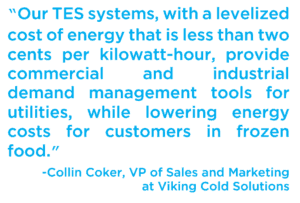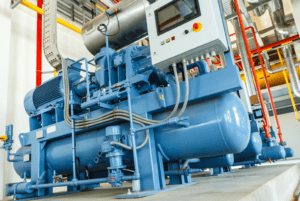Situation:
United States Cold Storage (USCS) is one of the top refrigerated warehousing and related logistics services companies operating throughout North America. Their Tulare South facility is a 116,482 square foot frozen food warehouse located in the agriculturally focused Inland Empire of Southern California. The state of California has committed to reaching a goal of 100% renewable and zero-carbon electricity by 2045, and USCS is just as committed to reducing their energy usage. To help California meet its energy demand reduction goals, USCS set out to focus on energy efficiency and better temperature control in their energy-intensive warehouses.
Challenge:
Operations managers at USCS face daily energy use challenges. To help alleviate these issues, USCS chose their Tulare South location to explore options with energy-saving technologies. The goals were to safely meet California’s energy demand reduction initiatives by lowering demand and greenhouse gas (GHG) emissions while also addressing energy-use concerns, decreasing costs, and increasing sustainability and resiliency.
Solution:
USCS adopted Thermal Energy Storage (TES) technology to reduce their carbon footprint and lower their energy costs. Viking Cold Solutions installed energy meters, sensors, and controls throughout Tulare South’s temperature-controlled warehouse to monitor its operations and performance. Viking Cold then installed energy storage modules containing environmentally friendly Phase Change Material (PCM) which, when combined with cloud-based optimization algorithms, allowed Tulare South to control when and how it uses and procures energy. The facility’s digitization, energy storage, and cloud-based optimization allows Viking Cold to continuously assess and improve the performance of USCS’s frozen food warehouse.
Outcome:
By utilizing Viking Cold’s TES technology and optimization services, USCS lowered Tulare South’s peak period demand by more than 30% and refrigeration energy consumption by 25%, resulting in an annual carbon footprint reduction of over 350 tons at this facility. The frozen food warehouse not only increased energy efficiency but also increased temperature stability in the freezer by over 40%, better protecting the food.
Operators of cold storage facilities, businesses with refrigeration loads, and utilities that need to control peak demands on the electrical grid all stand to gain significantly from Thermal Energy Storage. USCS Tulare South is a prime example of how TES technology effectively lowers energy demand and consumption while improving temperature stability in cold storage facilities. As a result, operational costs are reduced, product is protected, and environmental effects are minimized.
For a more detailed account of Thermal Energy Storage and its benefits, download the USCS Tulare South Case Study.

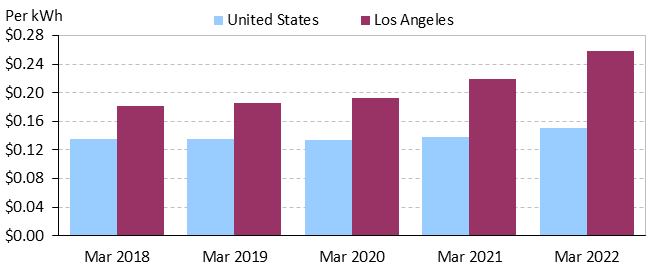
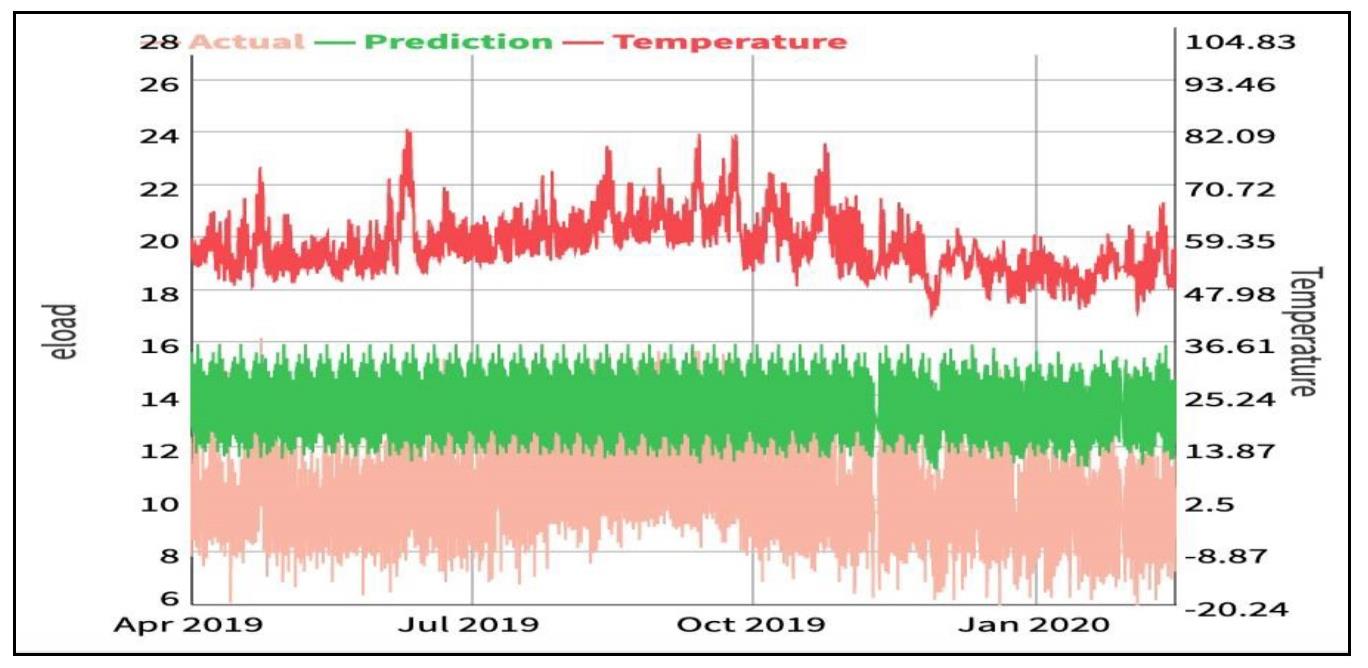
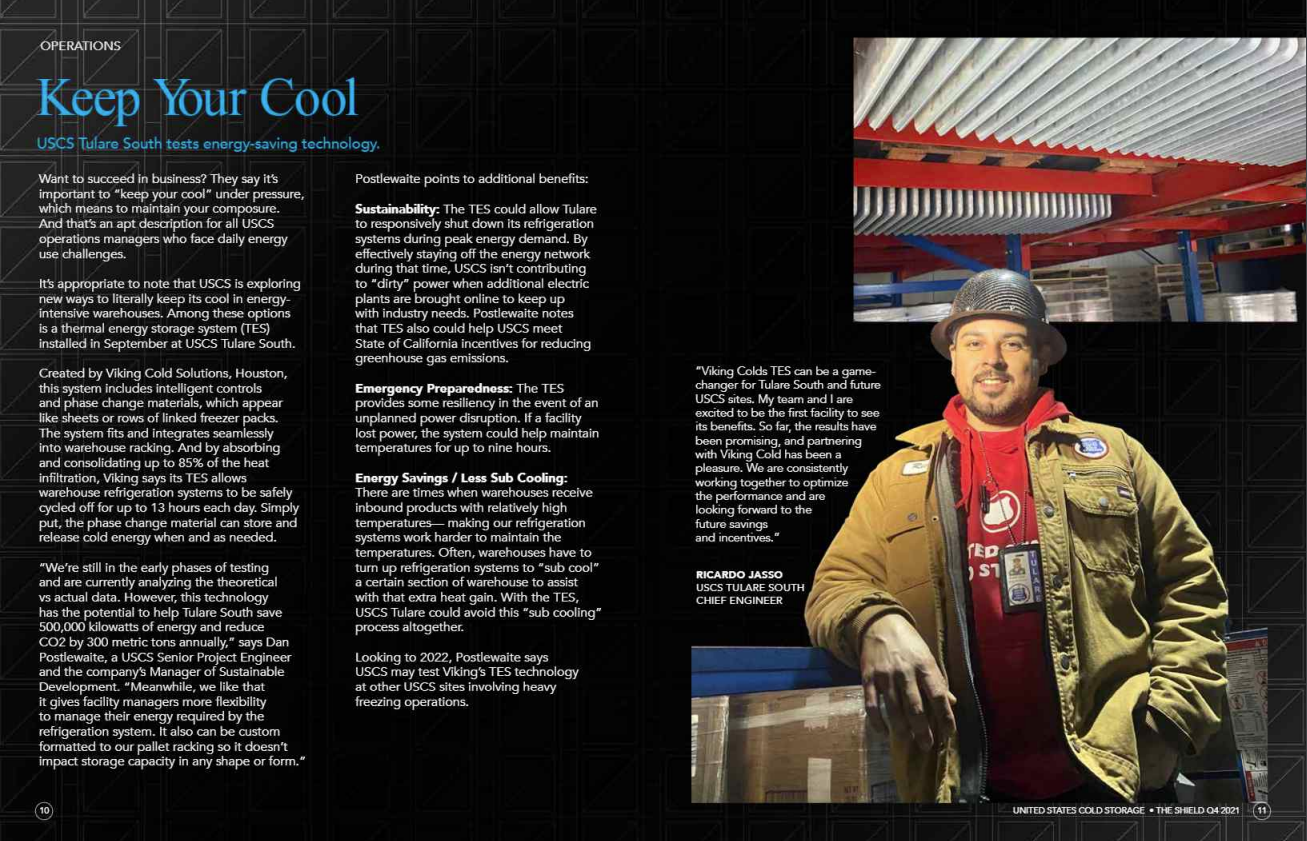
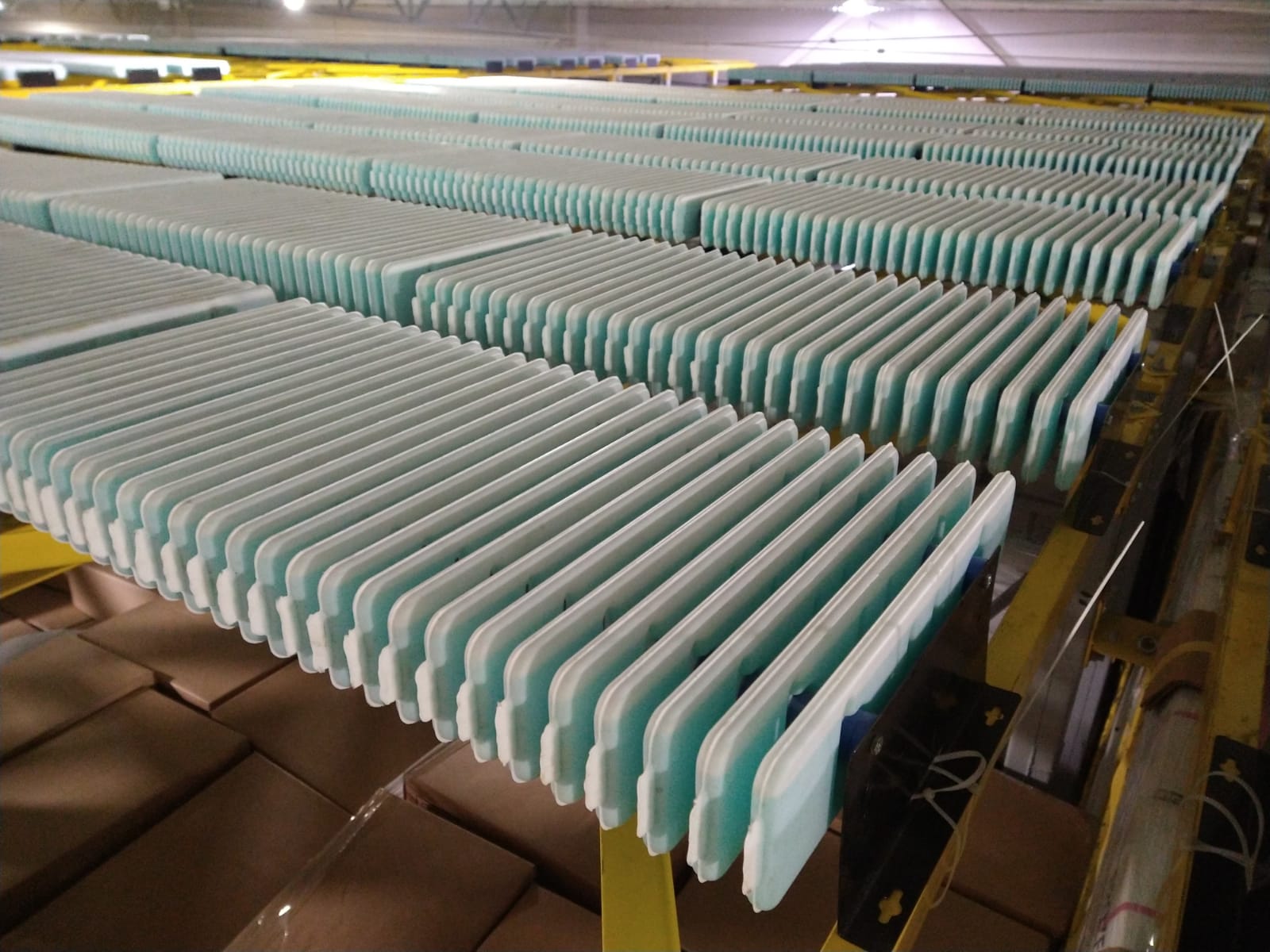
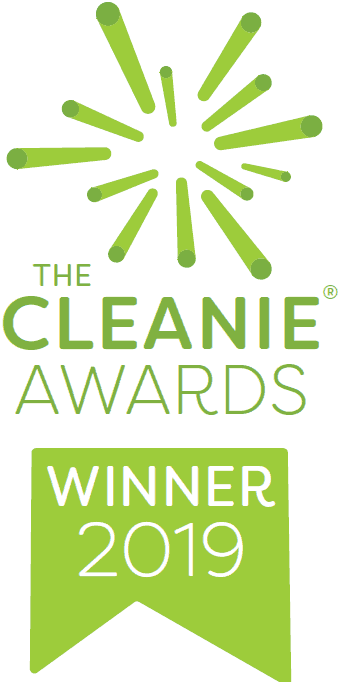
 Food Processing Magazine has published an eHandbook outlining new technologies that food processors can use to improve food safety and food quality in their operations. A number of new food processing technologies and their benefits are described including the
Food Processing Magazine has published an eHandbook outlining new technologies that food processors can use to improve food safety and food quality in their operations. A number of new food processing technologies and their benefits are described including the 